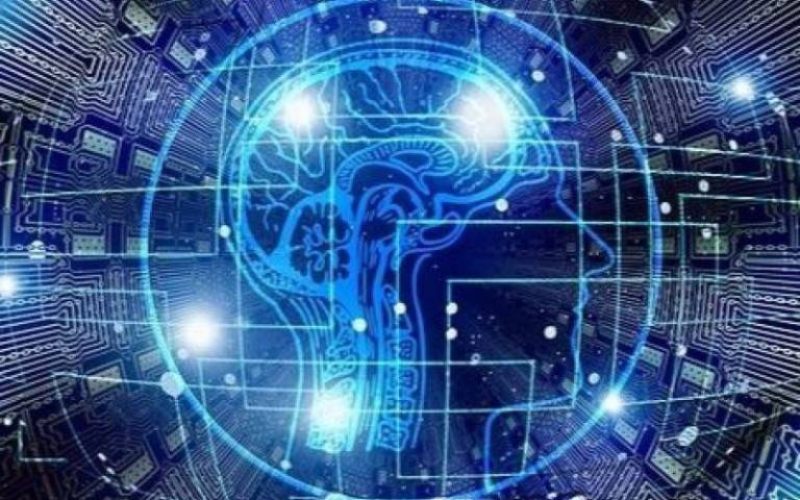Researchers have made tremendous progress in the development of brain-machine interfaces with a recent ground-breaking work that paved the way for the decoding of brain activity. The Kobe University team achieved an astounding accuracy rate of 95% in predicting mouse movement based purely on brain functional imaging data by utilizing an artificial intelligence (AI) image recognition algorithm.
This work is motivated by the continuous effort to decipher cerebral signals, which is necessary for the advancement of brain-machine interfaces. By bridging the gap between the complex signal network of the brain and external devices, these interfaces may help improve medical treatments and increase human capacities.
The researchers used a state-of-the-art method of brain imaging called whole-cortex functional imaging, which records activity throughout the complete surface of the brain. This methodology offers a more comprehensive view of brain dynamics than previous methods that concentrate on electrical activity in specific brain regions.
Processing these intricate datasets, which have a great deal of information and inherent noise, has proven difficult, though. Significant preprocessing of the data was formerly required to find regions of interest and weed out unnecessary information. This was a labor-intensive procedure that might have missed important findings.
Under the direction of neurologist Toru Takumi, the study team, headed by medical student Takehiro Ajioka, attempted to get past these obstacles. According to Ajioka, “our experience with VR-based real-time imaging and motion tracking systems for mice and deep learning techniques allowed us to explore’end-to-end’ deep learning methods, which means that they assess cortex-wide information for neural decoding, without the need for preprocessing or pre-specified features.”
Their novel method employed two different deep learning algorithms to the whole-cortex video data of mice running on a treadmill or at rest: one for evaluating temporal patterns and the other for spatial patterns. After that, the AI model was taught to correctly forecast the mouse’s condition using the imaging data.
Surprisingly, the model was able to predict the mice’s true behavioral state with 95% accuracy without the requirement to pre-define regions of interest or eliminate noise. This was achieved with just 0.17 seconds of data, demonstrating the model’s potential for widespread use and demonstrating its capacity to predict outcomes across a range of subjects in almost real-time.
This study is unique not only because of its high accuracy rate but also because it may be applied to various individual mice. Because of its universality, the model may successfully eliminate individual variations in brain anatomy or function, concentrating only on the pertinent signals that denote movement or rest. This characteristic emphasizes how this technology can be modified for wider, more varied uses, including on humans.
The group also devised a technique for determining which aspects of the imaging data were critical to these hypotheses. They were able to pinpoint crucial cortical regions for behavioral classification by methodically eliminating parts of the data and evaluating the effect on the model’s functionality. This approach improves the accuracy of the model and sheds light on how the brain works.
“This ability of our model to identify critical cortical regions for behavioral classification is particularly exciting, as it opens the lid of the ‘black box’ aspect of deep learning techniques,” Ajioka remarked.
This work establishes a strong basis for the advancement of brain-machine interfaces that can use non-invasive brain imaging to decode behavior in almost real-time. Through the development of a broadly applicable method for discerning behavioral states from whole-cortex functional MRI data, the study creates new avenues for comprehending the relationship between brain activity and behavior.
The interpretability of neural decoding models is improved by being able to identify the specific parts of the data that contribute to the predictions. The advancement of brain-machine interface technology depends on this transparency, which could result in better instruments for medical diagnosis, rehabilitation, and even the augmentation of human capacities through enhanced communication with external technologies.
“This research establishes the foundation for further developing brain-machine interfaces capable of near real-time behavior decoding using non-invasive brain imaging,” Ajioka explained.

 Diabetology1 week ago
Diabetology1 week ago
 Diabetology4 days ago
Diabetology4 days ago
 Diabetology11 hours ago
Diabetology11 hours ago
 Diabetology12 hours ago
Diabetology12 hours ago



